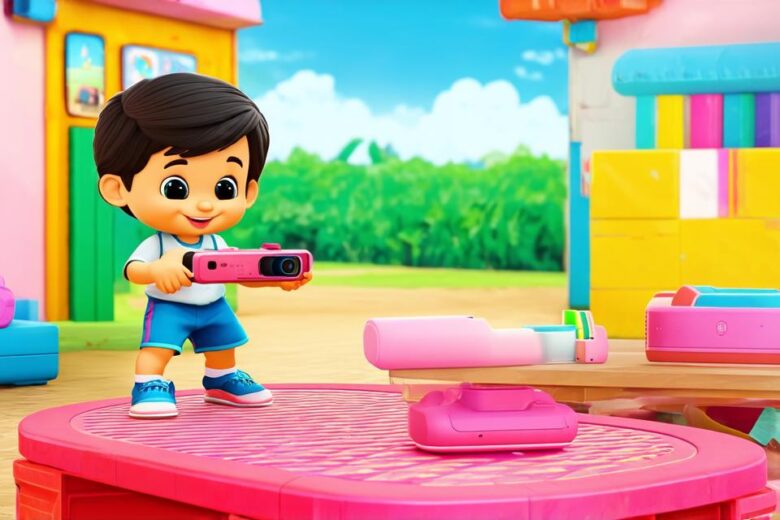Augmented reality (AR) is an exciting technology that allows users to experience digital content in the real world. It’s becoming increasingly popular among kids, who are naturally curious and love exploring new things. As an AR developer, it’s important to understand how to explain this technology to kids in a way that they can understand and enjoy. In this article, we will provide some tips and tricks for explaining AR to kids, along with real-life examples and expert opinions.
What is Augmented Reality?
AR is a technology that overlays digital content onto the real world. This means that users can see and interact with virtual objects, characters, and animations in their physical surroundings. AR is different from virtual reality (VR), which completely immerses users in a simulated environment.

How to Explain Augmented Reality to Kids
Explaining AR to kids can be challenging, but there are some tips and tricks that can help. Here are a few:
-
Start with the basics: Begin by explaining what AR is and how it works. Use simple language and analogies to help kids understand the concept. For example, you could compare AR to playing a game on a screen, but instead of just seeing the game on the screen, it appears in your physical surroundings.
-
Use real-life examples: Kids love exploring new things, so use real-life examples to illustrate how AR works. For instance, you could show them an app that lets them see a dinosaur walking through their street or an app that turns their room into a jungle.
-
Make it fun: AR is a fun technology, so make sure your explanation is engaging and exciting. Use storytelling, games, and interactive experiences to help kids understand the concept. For example, you could create an AR scavenger hunt where kids have to find virtual objects hidden in their physical surroundings.
-
Be patient: Explaining AR to kids can take time, so be patient and give them time to ask questions and explore the technology. Encourage them to experiment with AR apps and games, and offer guidance and support as they learn.
Expert Opinions on Explaining AR to Kids
There are many experts who believe that AR has the potential to be a powerful educational tool for kids. Here are some expert opinions on how to explain AR to kids:
“AR is an excellent way to engage kids and make learning fun,” says Dr. Richard Cunningham, Professor of Education at the University of Washington. “By overlaying digital content onto the real world, AR can help kids see things in a new way and make connections between seemingly unrelated concepts.”
“AR is a great way to teach kids about science and history,” says Dr. David Merrill, Professor of Education at New York University. “For example, an AR app could let kids explore the solar system or learn about ancient Egypt by overlaying virtual objects onto real-world locations.”
“AR can also help kids develop their creativity and problem-solving skills,” says Dr. Kathy Hirsh-Pasek, Professor of Education at Temple University. “By allowing kids to create their own AR experiences, they can learn how to think outside the box and come up with innovative solutions to problems.”
Real-Life Examples of Augmented Reality in Education
There are many real-life examples of AR being used in education. Here are a few:
-
Aurasma: Aurasma is an AR app that allows users to see virtual objects and animations when they point their phone at a physical object. It has been used in classrooms to teach students about science, history, and art.
